Bullet structure should play an important part in your selections. Here’s a short course in bullet architecture, and why it matters!

Glen Zediker
These days we don’t have to settle for much of anything. Pretty much whatever it is, there are options. That’s a good thing, as long as we figure out how to sort through all the options. I didn’t count them all, but there are way on more bullets available now than ever. This article sets out to help you all understand the essential engineering of this all-important ammo component.
The reason there are so many bullets is because there are so many different ultimate uses we put them to.
All bullets are designed or intended to do something, and, clearly, the first idea is to hit a target.
There are bullets engineered to perform variously on target, including the proximity of impacts on target. I say it that way because a “match” bullet’s job is to perforate a piece of paper. A bullet designed for varmint hunting, on the other hand, is designed to produce explosive impact, and one for larger game hunting strives to strike a balance between expansion and penetration. All bullets have to meet their target to be effective, and different premiums often also result in a few trades. Specialty hunting projectiles, for instance, don’t usually out and out group as well as those engineered for target shooting.
However! No matter how it’s built inside, there are universal elements of any bullet design, and those are found on the outside.
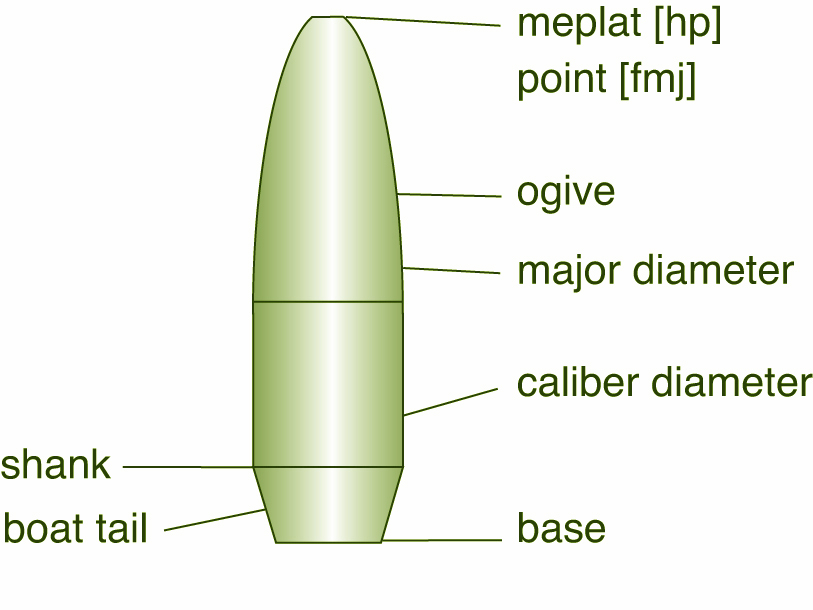
Bullet parts: base, that’s the bottom; boat-tail, or not (flat-base); shank, portion of full-caliber diameter; ogive, the sloping “nosecone,”; tip, either open or closed (open it’s called the “meplat”). The shape of the ogive and the first point of “major diameter” are extremely influential elements. The first point of major diameter can vary from barrel brand to barrel brand because it’s the point on the bullet that coincides with land diameter in the barrel — the first point that will actually contact the barrel as the bullet moves forward. When there’s a cartridge sitting in the rifle chamber, the distance or gap between the first point of major diameter and the lands is called “jump,” and, usually, the less there is the better. More in another article.
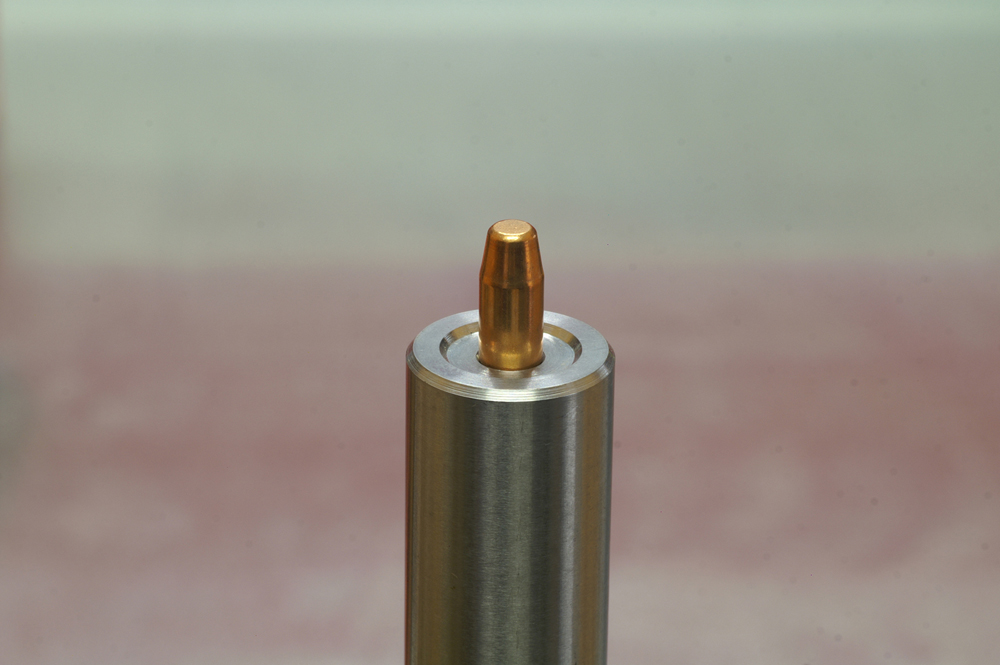
The first point of major diameter and the shank combine to determine the bullet “bearing area.” This is how much of the bullet is riding the barrel surfaces. Usually, bullets with greater bearing areas tend to shoot accurately, but, might not get to velocities as high as one with a shorter bearing area. Longer bearing area creates more drag in the bore. Longer bearing area bullets also tend to be more tolerant of jump.
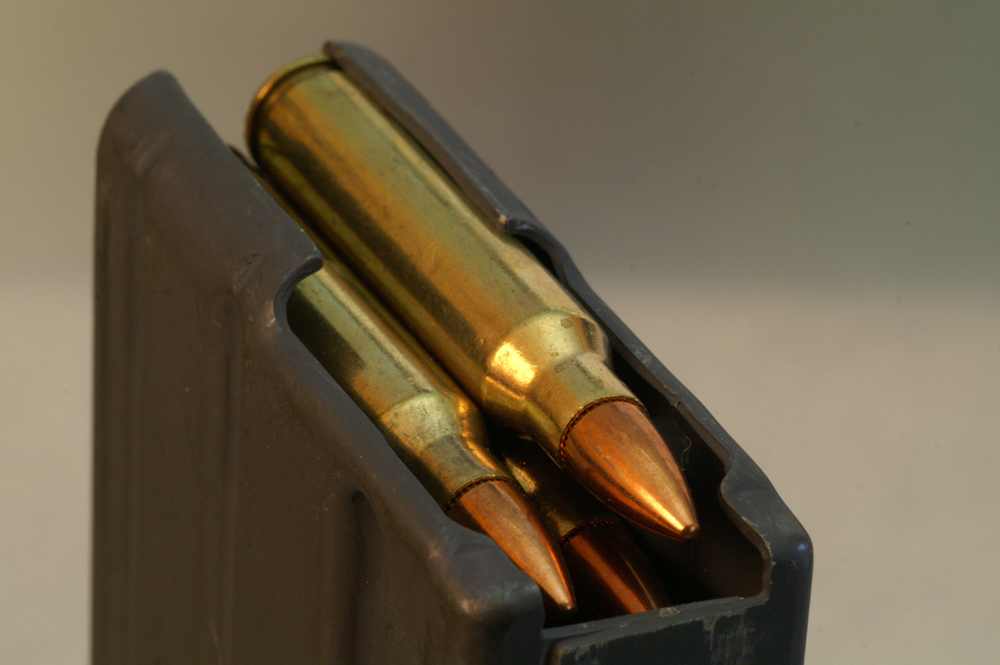
The two essential profiles a bullet can take are “secant” and “tangent.” This refers to the shape of the ogive. A tangent is a more rounded, gradual flow toward the tip, while a secant is a more radical step-in, more like a spike. Secants fly with less resistance, but tangents are more tolerant of jump.
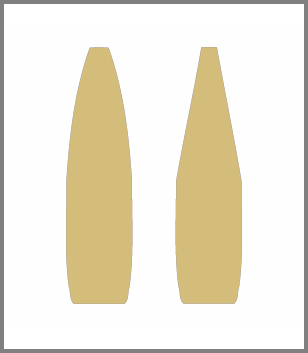
Ogives are measured in “calibers.” That’s pretty simple: an 8-caliber ogive describes an arc that’s 8 times caliber diameter; a 12-caliber is based on a circle that’s 12 times the caliber. The 8 will be a smaller circle than the 12, so, an 8-caliber ogive is more “blunt” or rounded. (So I don’t get comments from engineers, there’s more to it than this, as it applies on blueprints to different profiles; it’s the ratio of its radius to the diameter of the cylinder. But my description is accurate as an overview.)
Bullets with lower-caliber ogives are more tolerant of jump and (usually) shoot better, easier. Higher-caliber ogives fly better, farther. This is an important component in the “high-BC” designs. Same thing comparing tangent and secant: the first is easier, the second beats the air better.
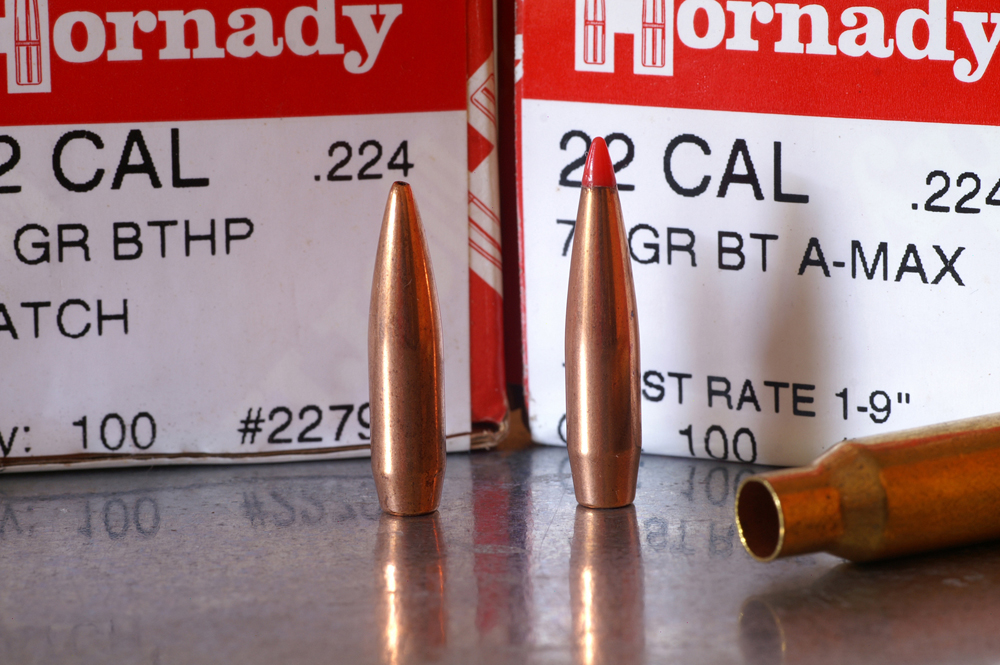
When you see terms like “magazine bullet” or “length-tolerant bullet” that is referring to those with tangent profiles and lower-caliber ogives. (“Length-tolerant” means that it’s not sensitive to seating depth.) If you want to experiment with the longer “high-BC” style bullets, you might find they don’t group well until they get close to or right on the lands when the round is chambered.
More soon…
Check Midsouth for a massive selection of bullets of all calibers HERE
The information in this article is from Glen’s newest book, Top-Grade Ammo, available HERE at Midsouth. Also check HERE for more information about this and other publications from Zediker Publishing.








